Results
-
£118.99
Showdown for Band (Concert Band - Score and Parts)
Showdown for Band was written as a compulsory exercise for the Third International Light Music Competition at St. Gallen, Switzerland in 1998. The intention of the composer was to write a piece in a light music style that would at the same time challenge the various bands, particularly in the area of rhythm. The work is divided into four parts: Opening, Ballad, Finale and Ending. Using melodies that are easy on the ear and varied instrumentation, many facets of the entire band are displayed. The solo in the middle part can be played by either soprano or alto saxophone, or even by a flugel horn. The impressive composition contains many musical elements, which makes the work an especially suitable piece with which to open a light classical concert 0:07:36
Estimated dispatch 7-14 working days
-
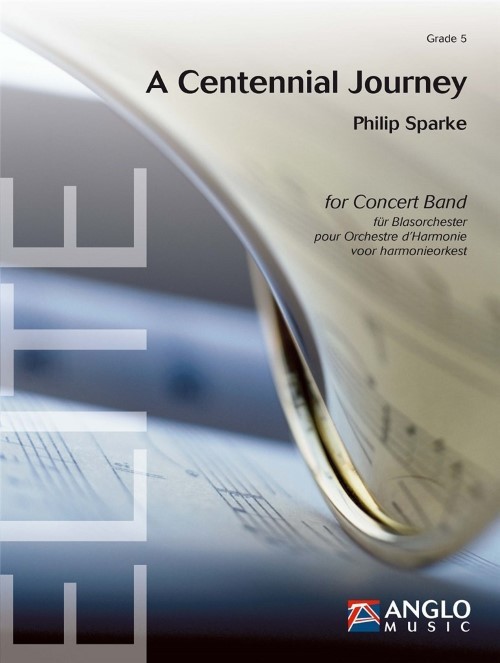 £164.99
£164.99A Centennial Journey (Concert Band - Score and Parts) - Sparke, Philip
A Centennial Journey was commissioned by the Norwegian ensemble Stavanger Musikkorps av 1919 to celebrate their 100th anniversary in 2019. The work was premiered under conductor Morten E. Hansen at their Jubilee Concert in the Stavanger Konserthus on 28th September 2019. The piece opens dramatically with a sweeping melody on horns and saxophones under florid woodwind figuration, building to a majestic climax. A trio for the trombones calms the mood until the opening melody returns in a gentler style, eventually building to a busy molto vivo. The woodwind figuration continues over a series of brass trios until the main theme of the work appears on clarinets and euphoniums. This develops to introduce a change of key, featuring a long, hymn-like melody on clarinets and horns. The melody is then taken up by the full band, interspersed with sporadic brass fanfares. The opening of the molto vivo returns and leads to a return of the opening horn melody, building to a thrilling coda based on previous melodic material. Duration: 8.45
Estimated dispatch 7-14 working days
-
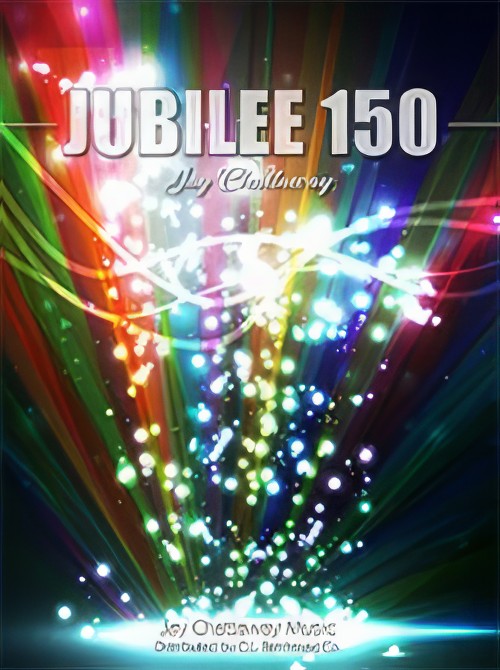 £79.00
£79.00Jubilee 150 (Concert Band - Score and Parts) - Chattaway, Jay
Here's a dynamic and electrifying concert opener from the pen of Emmy-award winning composer Jay Chattaway! "Jubilee 150" commands immediate attention, and will engage your audience completely. Pulsating rhythms, driving percussion, and soaring horn and trumpet lines combine to showcase your mature ensemble in this astonishing "tour-de-force." Powerful music to open your concert! Duration: 2.00
Estimated dispatch 7-14 working days
-
 £164.99
£164.99Wilten Festival Overture (Concert Band - Score and Parts) - Sparke, Philip
To celebrate the 350th anniversary of the Stadtmusikkapelle Wilten in Innsbruck Philip Sparke composed Wilten Festival Overture. A bold fanfare, led by the horns, forms the opening of the work from which an expressive theme unfolds until the full band reaches a climax. Short solo statements from saxophone, horn and trumpet lead to a recapitulation of this theme which melts into a rhythmic Vivo. A robust melody is is then played by the clarinets and taken up by the whole band before a legato figure leads to a cantabile theme, again presented by the clarinets. The original Vivo melody reappears before the opening fanfare is briefly heard and the work comes to an end with a short Coda. A great experience for the whole band!Duration: 8:00
Estimated dispatch 7-14 working days
-
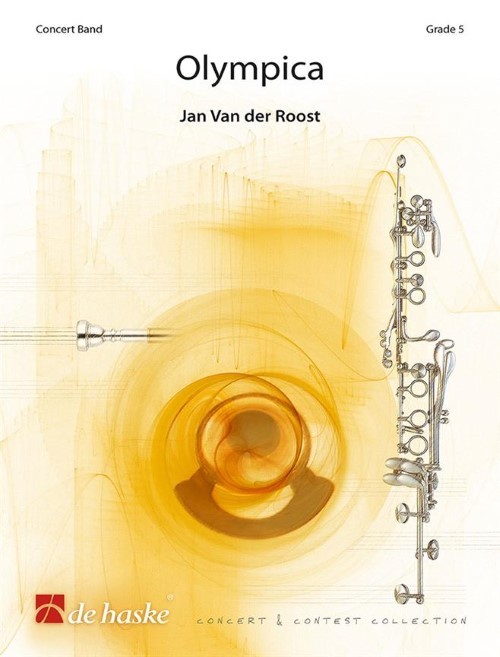 £169.99
£169.99Olympica (Concert Band - Score and Parts) - Van der Roost, Jan
This "Grand Overture" was commissioned by the "Nagano Community Band" - Japan- on occasion of its jubilee in 1992 and is dedicated to the band's conductor, Ikuo Inagaki. The work is based upon three main themes, each symbolising a certain theme. The first part is characterized by its bright themes played mainly by the brass, accompanied by the woodwinds and festive percussion. This part symbolizes the jubilee which is the origin of the composition. This is followed by a bouncing allegro, in which each register of the band displays brilliant techniques. Especially the woodwinds come to the fore! This movement depicts the industriousness and enthusiasm shown by the members of the "Nagano Community Band" in the carrying out of their hobby. A third, main theme, is choral-like in character and is displayed both in the (soft) brass as well as in the warm medium register of the reeds. Here, nature's beauty in and around the city of Nagano is musically celebrated. Following a "chamber-music episode" (featuring the flute, oboe, clarinet, alto-saxophone and horn) the initial allegro re-occurs, weaving its way towards a grandiose finale, in which the two previous themes are once again apparent. Due to its very colourful scoring and the enormous diversity of musical thoughts and ideas, this composition is a fascinating and memorable piece, worthy a jubilee overture!Duration: 10:15
Estimated dispatch 7-14 working days
-
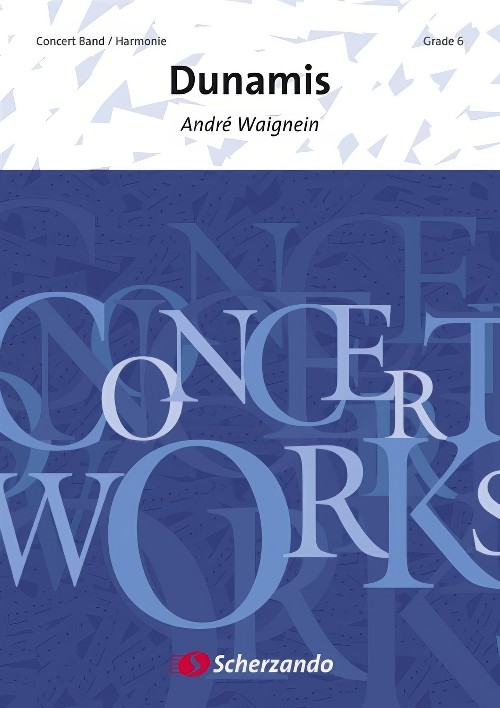 £209.99
£209.99Dunamis (Concert Band - Score and Parts) - Waignein, Andre
Major Yvon Ducene wanted a new lush and colourful composition for his Guides military band, with Andr Waignein as its composer. Early in 1979 the composer began his assignment and in October of the same year, the finished full score was on the music stands of this prestigious military band of the Belgian Army.The introduction (Grave) mirrors an atmosphere full of serenity in which the theme, played by the oboes and the English horn is predominant and immediately holds the listener spell-bound. It is taken up again as central element of the slow movement.The Allegro breaks away from the quiet passion of the introduction. Here, the band can really show its capabilities to the full. Based on a very precise rhythm, an idiom of sudden desperation and adversity develops which, fused with a crushing aggression, culminates in a kind of eruption, soon calmed down by a Lento : peace and quiet has returned thanks to a melody by the horns and soon taken over by the clarinets. In the meantime, the saxophone - an instrument full of human emotion - express the main spatial dimension in contemporary psyche. Following a harmonic transition the brass-players take up the theme again in forte whilst the basses and the woodwinds intertwine in technical arabesques.The movings of the mind and the heart get an audible and almost touchable shape in the ensuing Allegro, a movement characterised by a rhythmic dialogue in which the whole orchestra participates and where the exposition contains a wealth of sound and technical contrasts. The Lento finally uses the central theme of the slow movement again, with some occasional references to the two allegros. The last page is of unprecedented grandeur. All the instruments display their most beautiful sound which were named by Jacques Ferschotte, when speaking about Honneger, "harmonies d'intensits" harmonies of the unmeasurable.Duration: 14:30
Estimated dispatch 7-14 working days
-
£115.00
DIVERTIMENTO FOR BAND (Concert Band) - Woolfenden, Guy
Includes:I. ToccataII. AubadeIII. ScherzoMany of the principal musical ideas for Divertimento for Band are derived from music composed for a documentary film called Country Camera, which celebrated the work of the earliest photographers who recorded a way of life which vanished at the outset of the first World War.The three movements are played without a break. The Toccata pits a four-note motif (which always appears with its mirror image) against several other derived ideas, including a sour horn (later trumpet) figure, a tiny lyrical passage initiated by a solo alto saxophone, and a more gentle, but still staccato episode. Many polytonal devices keep the four-note motif active. The Aubade contrasts a lyrical pastorale, initiated by a solo flute, with a more intense central section on the brass. The Scherzo finale has three main ideas; a tune for principal bassoon and euphonium of a playful child-like nature, a rushing figure for the woodwinds later developed by the full band, and a solo for trumpet and clarinet, involving a descending scale and a lyrical wide-leaping recovery. The exuberant coda is derived from themes from the previous two movements.The world premiere of Divertimento for Band was given at the conference of the World Association for Symphonic Bands and Ensembles in Killarney on 13th July 2007 conducted by the composer, and is affectionately dedicated to Keith Allen, Jayne Rollason and Birmingham Symphonic Winds. -GW
Estimated dispatch 7-14 working days
-
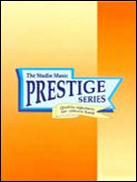 £132.95
£132.95MUSIC FOR AROSA (Prestige Concert Band - Score and Parts) - Sparke, Philip
This work was commissioned in 1996 by the Arosa Cultural committee and first performed in Arosa in that year. The majestic introduction opens with trombones and euphonium, heralding a legato theme, chorale-like in character. A pair of flutes introduce a new theme. A trumpet introduces a series of highly syncopated solos, which feature many metre changes, and the tempo increases when playful motifs are exchanged between various sections of the band. A solo clarinet introduces an expressive tune. A brass chorale follows, with interruptions from the flute and bassoon, until the clarinet tune is played by the whole band. This reaches a climax and the mood subsides to reach a quiet horn chord. The broad legato tune returns and the excitement increases until the march theme triumphantly returns to full band. This leads to the coda which is based on the opening fanfare and closes the work emphatically. (Grade 5) Performance time 11'01" (Recorded on QPRM138D BREAKING THE CENTURY, Central Band of the Royal Air Force)
Estimated dispatch 7-14 working days
-
 £37.95
£37.95MUSIC FOR AROSA (Prestige Concert Band - Score only) - Sparke, Philip
This work was commissioned in 1996 by the Arosa Cultural committee and first performed in Arosa in that year. The majestic introduction opens with trombones and euphonium, heralding a legato theme, chorale-like in character. A pair of flutes introduce a new theme. A trumpet introduces a series of highly syncopated solos, which feature many metre changes, and the tempo increases when playful motifs are exchanged between various sections of the band. A solo clarinet introduces an expressive tune. A brass chorale follows, with interruptions from the flute and bassoon, until the clarinet tune is played by the whole band. This reaches a climax and the mood subsides to reach a quiet horn chord. The broad legato tune returns and the excitement increases until the march theme triumphantly returns to full band. This leads to the coda which is based on the opening fanfare and closes the work emphatically. (Grade 5) Performance time 11'01" (Recorded on QPRM138D BREAKING THE CENTURY, Central Band of the Royal Air Force)
Estimated dispatch 7-14 working days
-
 £124.95
£124.95SWORD AND THE CROWN, The (Prestige Concert Band - Score and Parts) - Gregson, Edward
In 1988 I was commissioned by the Royal Shakespeare Company to write the music for The Plantagenets trilogy, directed by Adrian Noble in Stratford-upon-Avon. These plays take us from the death of Henry V to the death of Richard III. Later, in 1991, I wrote the music for Henry IV parts 1 and 2, again in Stratford. All of these plays are concerned with the struggle for power (the crown) through the use of force (the sword) and they portray one of the most turbulent periods in the history of the British monarchy.This work quickly became established in the mainstream repertoire and has received performances worldwide as well as five commercial recordings and many broadcasts. In 2002 I was approached by the Parc and Dare Band regarding their summer festival and commissioned to do a version for brass band. This was given its first performance in Treorchy Hall by the combined bands of Black Dyke and Parc and Dare conducted by Nicholas Childs.When the Royal Air Force Music Services commissioned me to write a work especially for their British tour in 1991 I immediately thought of turning to this music and transforming some of it into a three-movement suite for symphonic band.The first movement opens with a brief fanfare for two antiphonal trumpets (off-stage), but this only acts as a preface to a Requiem aeternam (the death of Henry V) before changing mood to the English army on the march to France; this subsides into a French victory march, but the English army music returns in counterpoint. Finally, a brief reminder of the Requiem music leads to the triumphal music for Richard Plantagenet, Duke of York, father of Edward IV and Richard III (the opening fanfare transformed).The second movement takes music from the Welsh Court in Henry IV (part 1) which is tranquil in mood; distant fanfares foreboding battles to come are heard, but the folktune is heard three times in different variations and the movement ends as it began with alto flute and gentle percussion.The final movement starts with two sets of antiphonally placed timpani, drums and tam-tam, portraying the 'war machine' and savagery of battle. Trumpet fanfares and horn calls herald an heroic battle theme which, by the end of the movement, transforms itself into a triumphant hymn for Henry IV's defeat of the rebellious forces.- Edward GregsonPerformance time 13'54"Recorded on QPRM117D FESTIVAL OF MUSIC 1991, Massed Bands of the Royal Air ForceRecorded on QPRM120D THE SWORD AND THE CROWN, Central Band of the Royal Air Force'Finale' recorded on QPRM142D FESTIVAL OF MUSIC 2002, Massed Bands of the Royal Air Force)
Estimated dispatch 7-14 working days
